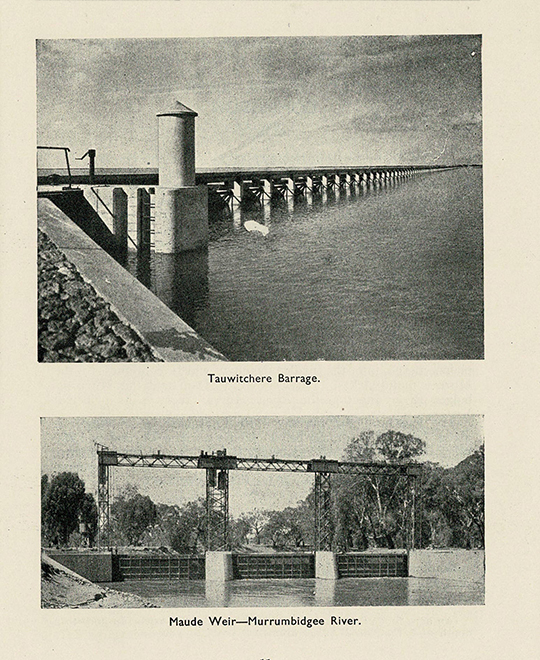Studio 04
Inland-Housing
Ursula Chandler

Studio Description
This studio will explore the landscape and landmarks of the Murray River, using its specific geography, history, environment and culture to draw closer relationships between architecture and landscape.
The historic mis-management of the Murray River highlights the need for greater understanding and insight of how we live with finite resources like water and the larger role river systems play in food production, trade and economics.
Projects in this studio will look at housing, as traditional relationships of population settlement, agricultural development, climate and housing affordability change drastically across the globe.
Housing proposals will need to be aligned with a broader global issue; for example, climate change, supply chains, migration etc.
The studio will focus on staged strategies, construction innovation and large-scale infrastructure planning and master-planning, considering the broader implication of architecture beyond an aesthetic exercise to an act shaped by external forces.
Studio Outcomes
Identifying a specific study area for intervention, we will propose new housing typologies which carefully critique and contribute to their context, and the nuance conditions of a particular site – both physical and metaphysical. Projects will be informed by comprehensive research, illustrative analysis, and experimentation, creating innovative proposals underpinned by a clear theoretical position.
The studio will focus on detailed mapping and drawing, physical model making and encourage an iterative process, where exercises are continually critiqued and refined.
In addition, our Murray River site is shared with the “Inland-Public” studio and collaborative workshops and social studios are planned each fortnight, with the aim of giving students a range of studio experiences and learning opportunities. A 20-hour logbook taken on site, in your own time will form part of your submission.
Studio Leader
Ursula has worked on projects across Australia, the United Kingdom and Africa. She currently runs her own practice [ursulachandler.com] having been employed as a Project Lead at Adjaye Associates [London] and at Robert Simeoni Architects and Bates Smart in Melbourne. The practice works on a range of projects types and scales and in 2019 was short-listed for the annual NGV Architecture Commission Competition. Ursula has led studios in Design Thesis on and off since 2012, has previously taught architectural history and construction technology and is an examiner for the ARB registration exam. She graduated from the University of Melbourne and received the RAIA Bates Smart Graduate Prize, Robert Barber Award in Landscape Architecture and a Dean’s Honours Award.
Readings & References
- Adjaye, D., Allison P. (editor) (2016). Constructed Narratives. Lars Müller Publishing
- Gammage, Bill (2011). The biggest estate on earth : how Aborigines made Australia. Allen & Unwin, Crows Nest, N.S.W
- Davies, P., & Lawrence, S. (2019). Engineered landscapes of the southern Murray–Darling Basin: Anthropocene archaeology in Australia. The Anthropocene Review, 6(3), 179–206. https://doi.org/10.1177/2053019619872826
- O'Gorman, Emily & CSIRO (2012). Flood country : an environmental history of the Murray-Darling basin. CSIRO Publishing, Collingwood, Victoria
- Rossi, A. (1984). The Architecture of The City. MIT Press
- Weller, Richard & Bolleter, Julian, (author.) (2013). Made in Australia : the future of Australian cities. UWA Publishing, Crawley, Western Australia
Schedule Mondays and Thursdays 18:15-21:15